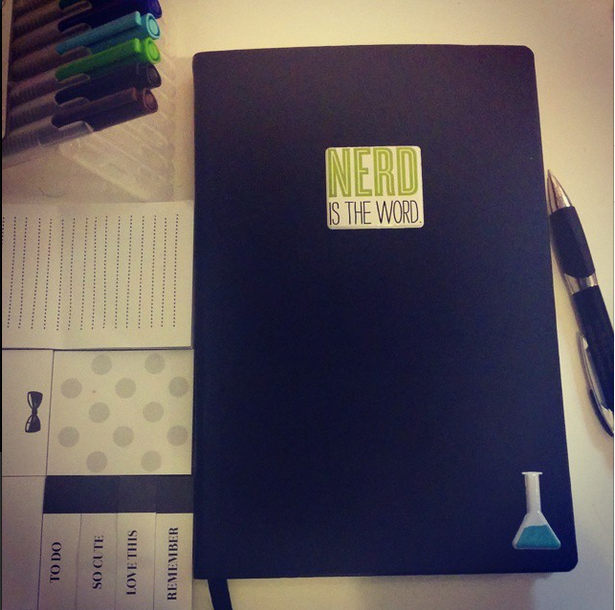It made me feel much better about many things. I feel more calm, more aware of my breathing, and more aware of the present moment.
I found this quote particularly poignant, as my cohort is currently preparing for our first practicum placements: "When a cloud is about to rain, it does not panic like us."
 |
| Some notes in my Bullet Journal from The Art of Mindful Living (and a reminder to return library books) |
 |
| Flowers to remind myself of the Flower Fresh meditation |





























